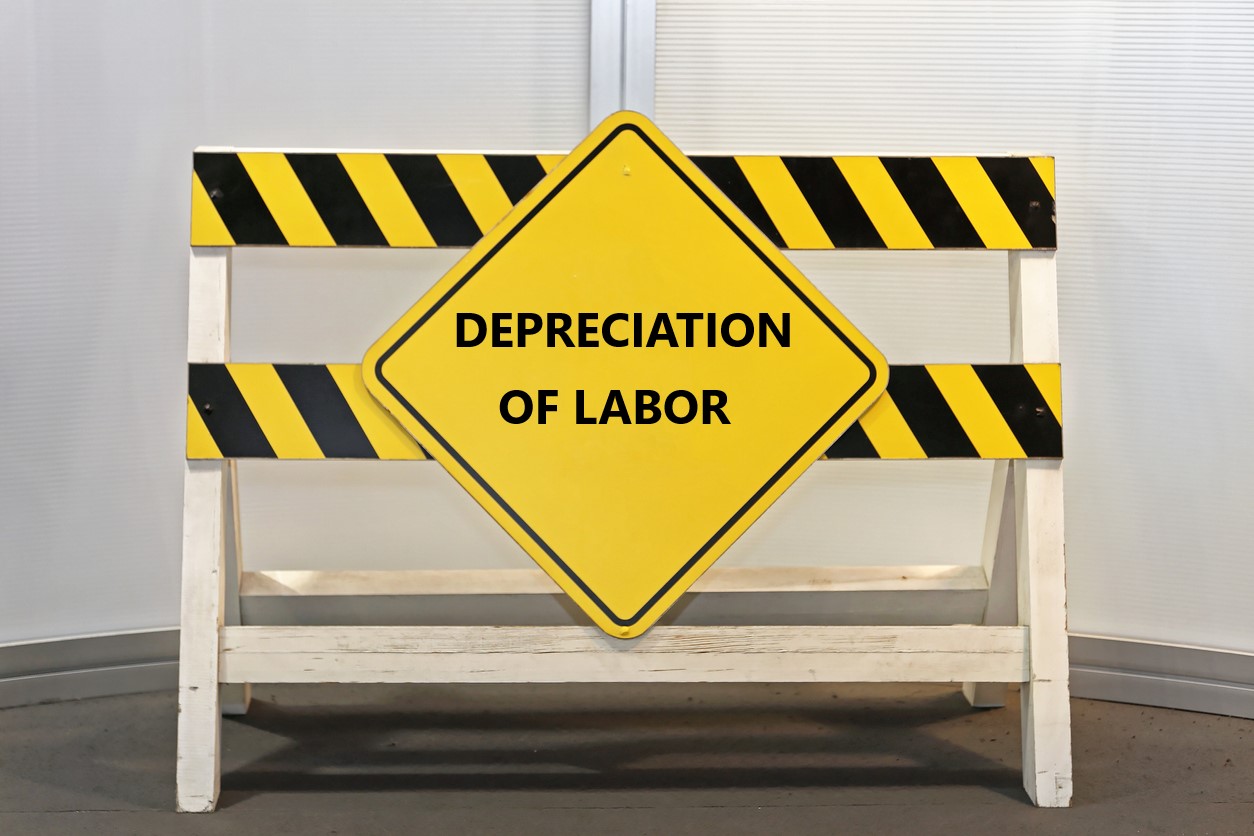On Friday, April 13, 2018, by avoiding black cats, ladders, and breaking mirrors, seven members of the Texas Supreme Court1 managed to issue a new, sixty-six page opinion in USAA Texas Lloyds Company v. Menchaca (“Menchaca II”).2 Withdrawing its April 7, 2017, opinion3 —”Menchaca I”—the court unanimously reaffirmed the five legal principles and rules announced in that opinion which addressed the relationship between contract claims under an insurance policy and tort claims under the Texas Insurance Code.4 The court issued the same disposition in Menchaca II —reversal and remand for a new trial—as it had in Menchaca I. So, one asks: “What is the difference in the two opinions? Which party suffered an unlucky day?” This article will attempt to answer those questions.
The court announced its aim for Menchaca II as follows:
In light of the parties’ understandable confusion regarding the Court’s previous decisions, we decided in our first opinion to remand the case for a new trial in the interest of justice without addressing the procedural effects of our holdings in this case. We address those issues today, but we reach three different conclusions.5
The three different conclusions reached in Menchaca II are:
- First conclusion: The jury’s “No” answer to Question 1 (whether the insurer failed to comply with the policy) was dispositive as to Plaintiff/Appellee’s ability to recover damages for the Insurance Code violation the jury found in answer to Question 2;6 therefore, judgment should be rendered for the insurer.
- Second conclusion: The jury’s answer to Question 1 created a fatal conflict with its answers to Questions 2 and 3; therefore, the case must be remanded for a new trial because this issue cannot be resolved on appeal.7
- Third conclusion: Because the conflicting jury answers in Questions 1, 2, and 3, did not present a fundamental error, even though they did present a fatal conflict, the insurer waived the conflict by failing to raise it before the trial court discharged the jury (See TRCP 295), which requires a remand/new trial in the interests of justice.8
A Roadmap: Duplications and Differences:
In a word-by-word, line-by-line, paragraph-by-paragraph comparison of Menchaca I with Menchaca II, duplications in the substance presented and title headings are found beginning with: Sections I. Background, II. Recovering Policy Benefits for Statutory Violations, Subsections A. The General Rule, B. The Entitled-to-Benefits Rule, C. The Benefits-Lost Rule, D. The Independent-Injury Rule, and E. The No-Recovery Rule.
Differences in the substance presented and title headings in Manchaca II begin with Subsection F. Submitting Claims for Policy Benefits. This section was added based on USAA’s argument in its Motion for Reconsideration that the first opinion provided no guidance on how the parties should submit claims to the jury and, particularly so, when the insured was asserting both a breach of contract claim and statutory violations and seeking policy benefits as damages for both. Since both the breach of contract and statutory violations claims require the jury to determine whether the policyholder was entitled to the benefits under the policy, one suggestion is to ask in Question No. 1 whether the policyholder was entitled to the benefits under the policy.9 Menchaca II, therefore, recommends the order of and suggestions for wording jury questions.
In both opinions, duplication of identical substance occurs in Section III entitled: “Menchaca’s Claims Against USAA” and thereafter, in both subsections A(s) entitled “Disregarding Question 1”. These sections discuss and hold that the trial court erred in disregarding Question 1 with a majority of the court concluding that the answer to Question 1 created an irreconcilable and fatal conflict with answers to Questions 2 and 3 and a plurality of the court concluding that a judgment based on a fatal conflict did not constitute fundamental error.10 In any event, the court noted that the error was not preserved by either party; therefore, the court could not reverse the trial court’s judgment on that ground but rather, had to reverse and remand for a new trial.11
The court further explained that a trial court may only disregard a jury’s answer in two instances: if there is (1) no evidence to support it, or (2) if the question is immaterial. Here, the jury’s answer to Question 1 was neither unsupported or immaterial; hence, it was error for the trial court to disregard it. First, the court found that USAA had presented some evidence that the amount of Menchaca’s loss was less than the policy’s deductible which supported the jury’s “No” answer that USAA had not failed to comply with its obligations under the policy.12 Second, the court found that Question 1 was material because Menchaca sued USAA for breach of the insurance policy as well as for statutory violations and sought to recover on either claim. Thus, the jury’s answers to Questions 2 and 3 did not render its “No” answer in Question 1 immaterial because Menchaca chose to use Question 1 as the basis for prevailing on the breach of contract claim.13
Further Differences in the two opinions emerge with added subsections in Menchaca II beginning with Section B entitled: “The Effect of Questions 2 and 3”, Section C entitled: “Fatal Conflict,” Section D entitled: “Fundamental Error,” Section E entitled: “Preservation of Error,” Section F entitled: “Effect of Failure to Preserve” and finally, Section G entitled: “Remand in the Interest of Justice”. This last section in Menchaca II —Section G—is practically identical to Section B of Menchaca I in the substance presented and is identical in titling. These added sections in Menchaca II consume approximately 24 pages running from pages 40-64. These sections are the primary differences from Menchaca I. Time and space constraints of this article prohibit even a summary of each of these added sections; however, for reading and reference sake, the section titles aptly describe the subject matter of each.
In summary, in the court’s words, Menchaca II, “clarified today that a plaintiff does not have to prevail on a separate breach-of-contract claim to recover policy benefits for a statutory violation.”14 The court devised this clarification in Menchaca II by discussing, at great length, procedural considerations of its previous law findings in Menchaca I such as proper jury questions, fatal conflict in jury answers and fundamental error, as well as the correct procedure for preservation of jury charge errors as applied to the facts and circumstances in Menchaca.
Finally, the answer to the question of which party suffered an unlucky day last Friday, April 13, 2018, with the issuance of Menchaca II is clear—neither party. The Texas Supreme Court’s opinion in Menchaca II did not alter the legal principles and rules announced in Menchaca I but simply duplicated them and then added and explained corresponding procedural effects to its law findings. It is future case law relying on and interpreting Menchaca II that may ultimately reveal which party actually incurred an unlucky day. P.S. For you superstitious types, the next Friday the 13th is July 13, 2018.
__________________________
1 Justice Johnson did not participate in the decision and Justice Blacklock agreed with the disposition but did not join in the opinion.
2 This article follows last month’s March 18, 2018 contribution entitled: Nearly Ten Years Later, Hurricane Ike’s Stormy Winds Are Still Churning in the Texas Supreme Court—USAA Tex. Lloyds v. Menchaca. That article discussed the Texas Supreme Court’s original opinion on April 7, 2017, and USAA’s Motion for Reconsideration of same which motion the Texas supreme Court accepted on December 15, 2017. At the end of that article, readers were advised to “stay tuned to see if the court will withdraw and re-write its Menchaca opinion.” That “stay-tuned” time has arrived.
3 See USAA Tex. Lloyds Company v. Menchaca, No. 14-0721, 2017 Tex. WL 1311752 (Tex. April 7, 2017), rehearing granted (Dec. 15, 2017) opinion withdrawn and superseded (April 13, 2018).
4 See March 18, 2018, article which lists and discusses the five rules in Manchaca I.
5 USAA Texas Lloyds Company v. Menchaca, Cause No. 14-0721 (Tex. April 13, 2018) at 2-3 (emphasis added).
6 This is the conclusion of Justice Green, Justice Guzman, and Justice Brown. The jury answered “yes” to Question 2 which asked whether the insurer had failed to pay the claim without conducting a reasonable investigation in violation of Texas Insurance Code Section 541.060(a)(7).
7 This is the conclusion of Chief Justice Hecht, Justice Lehrmann, Justice Boyd, and Justice Devine.
8 This is the conclusion of Justice Lehrmann, Justice Boyd, and Justice Devine.
9 If that suggestion is chosen, the court warns that the entitlement to benefits question should only be asked once to avoid an irreconcilable and even fatal conflict that would arise if the jury’s “answers to questions on one liability theory establish that the insured was not entitled to any policy benefits or was paid all policy benefits to which she was entitled, [and] an answer on the other liability theory that the insured was entitled to benefits” Id. at 34 (emphasis added).
10 Id. at 37; see also, infra, text and footnotes 6 and 7.
11 Id.
12 Id. at 39.
13 Id. at 39-40.
14 Id. at 65.



